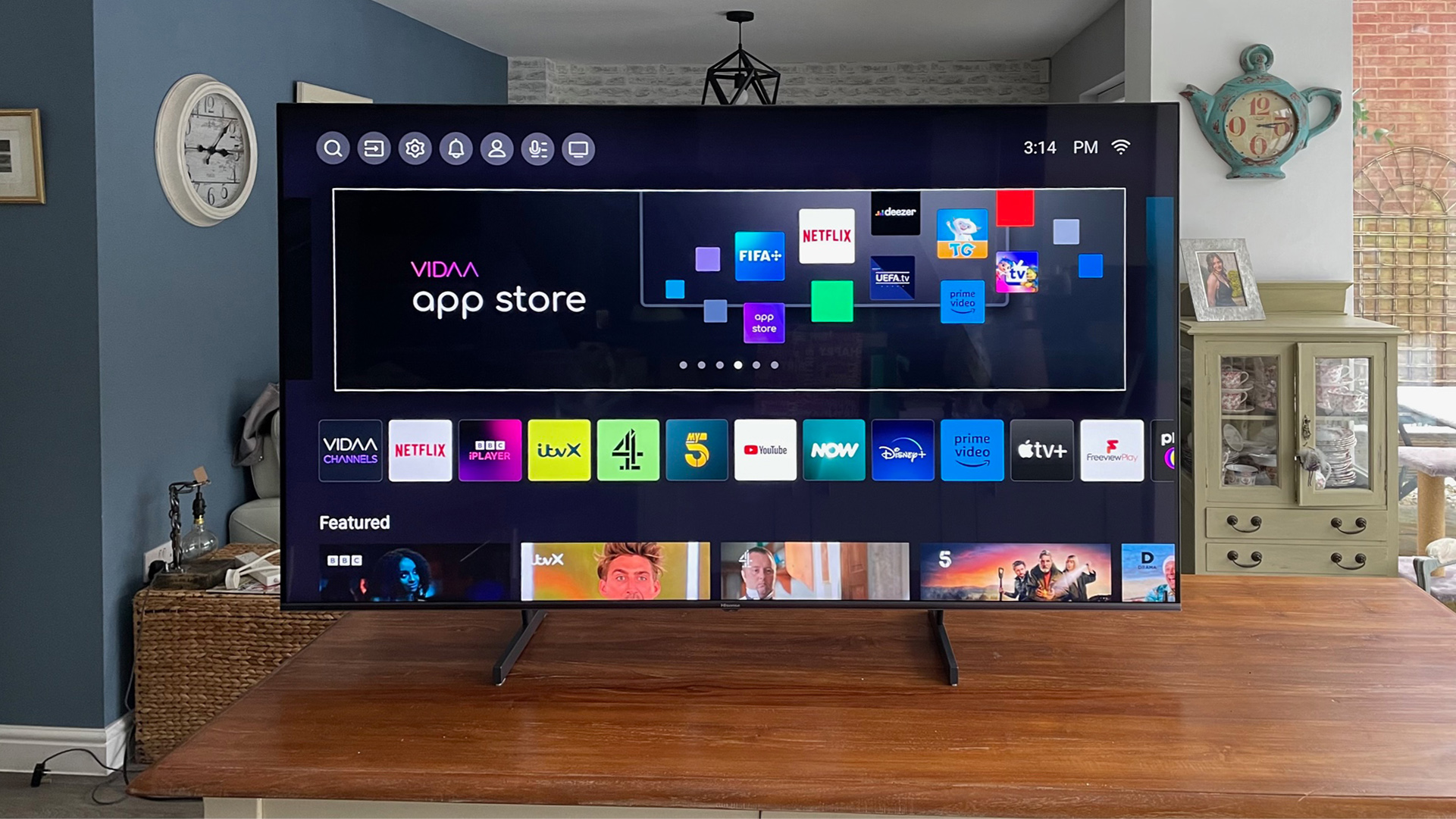
Hisense has gone big on Mini LED TV technology with its current range, delivering no fewer than three separate Mini LED TV series taking in sizes from 55 inches all the way up to 100 inches.
Of this new Mini LED range trio, the ‘entry-level’ U6KQT series we’re looking at here is arguably the most interesting. Partly because it’s the most self-conscious attempt we’ve seen to deliver a budget Mini LED TV, and partly because some of the features it has had to trim or limit to keep the price down let us see Mini LED naked, as it were, providing the chance to see how much of a difference using ultra-small LED lights can make when not necessarily backed up by lots of other premium picture features.
Price
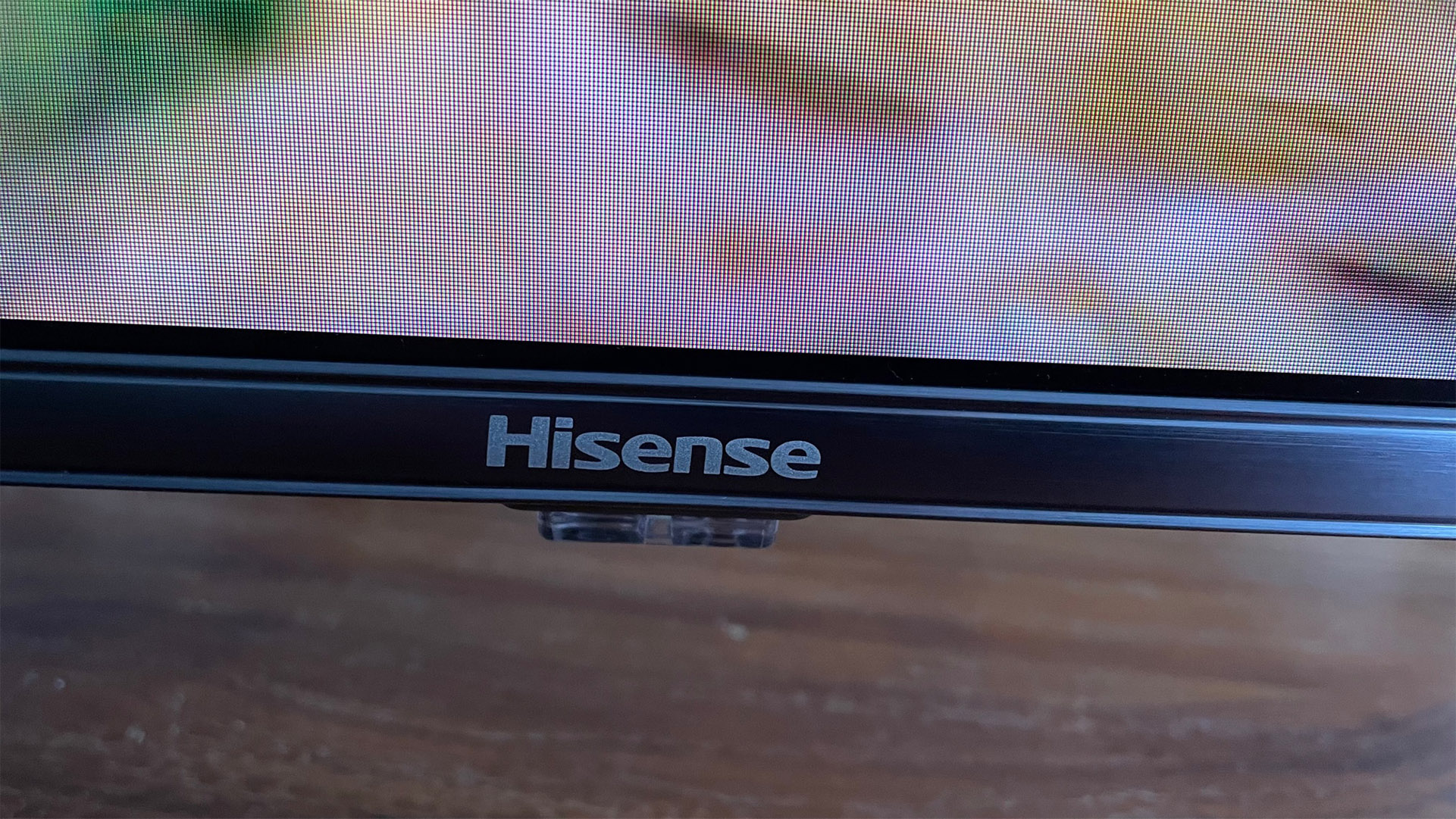
The Hisense 65U6KQT costs a very reasonable (considering it’s a 65-inch Mini LED TV) £799 in the UK and an attractive $1599 in Australia. These wouldn’t be bad prices even for a 65-inch TV with regular LED lighting, so they look like potential steals for a Mini LED model. Though as we’ll see, you do have to swallow a few specification compromises elsewhere in return for getting Mini LED lighting for so little.
While there’s a 65U6KQT model on sale in the US (for an incredibly low $600), it doesn’t feature exactly the same specification as the UK/Australian model. It uses Google TV smarts for one thing, rather than the VIDAA system used on the UK/Australian models and – significantly from a picture performance perspective – it seems that the US version uses a VA style of LCD panel, while the UK version uses an IPS panel. So US readers shouldn’t consider this review as necessarily applicable to the version available there.
Design
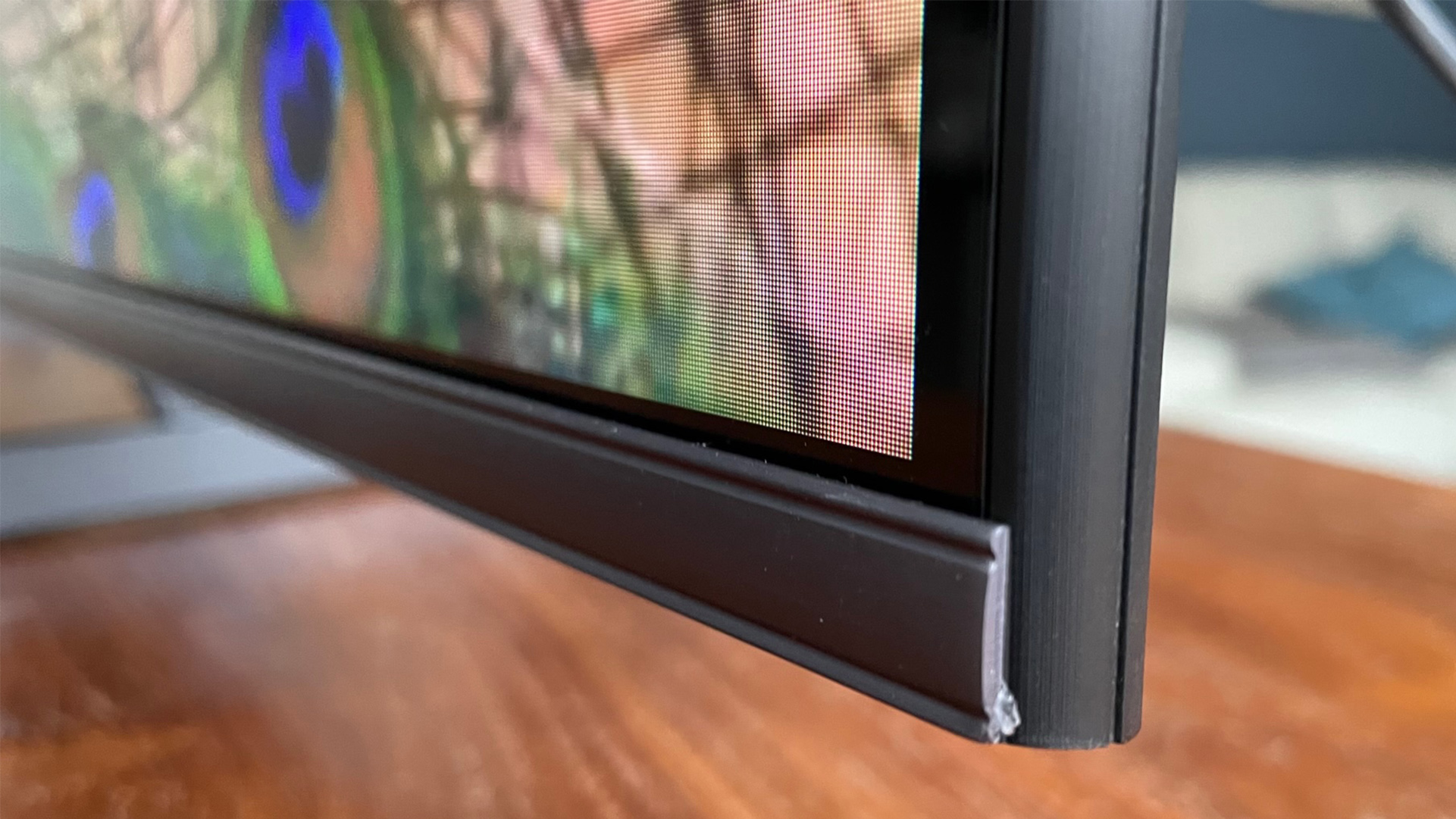
The Hisense U6KQT looks pleasant enough without setting the world of TV fashion alight.
The frame around the screen is fairly rather than spectacularly narrow, and it features a pleasant rather than particularly premium dark finish. The blade-style feet the screen sits on if you’re not wall hanging it look a bit clunky if you’re viewing the TV from an angle, but they’re slim enough when the TV’s watched straight on to almost vanish from view.
The rear panel is fairly chunky by modern TV standards, though if you happen to be a devotee of rear TV designs for some reason, it’s strikingly sculpted and sports a fetching combination of striped and smooth plastic finishes. The rear depth isn’t ideal if you’re wall-hanging the TV, but it shouldn’t be a problem for anyone else.
The 65U6KQT’s build quality is fair for its money. The bodywork is mostly plastic and feels quite lightweight by Mini LED standards, but it doesn’t feel unstable or flimsy.
The remote control Hisense provides with the TV is pretty plasticky and lightweight too – though it does stand out from the crowd courtesy of a large selection of direct access app buttons at its top end that include Netflix, Freeview Play, Apple TV+, Pluto TV, Disney+, Prime Video, YouTube and Rakuten TV.
Features
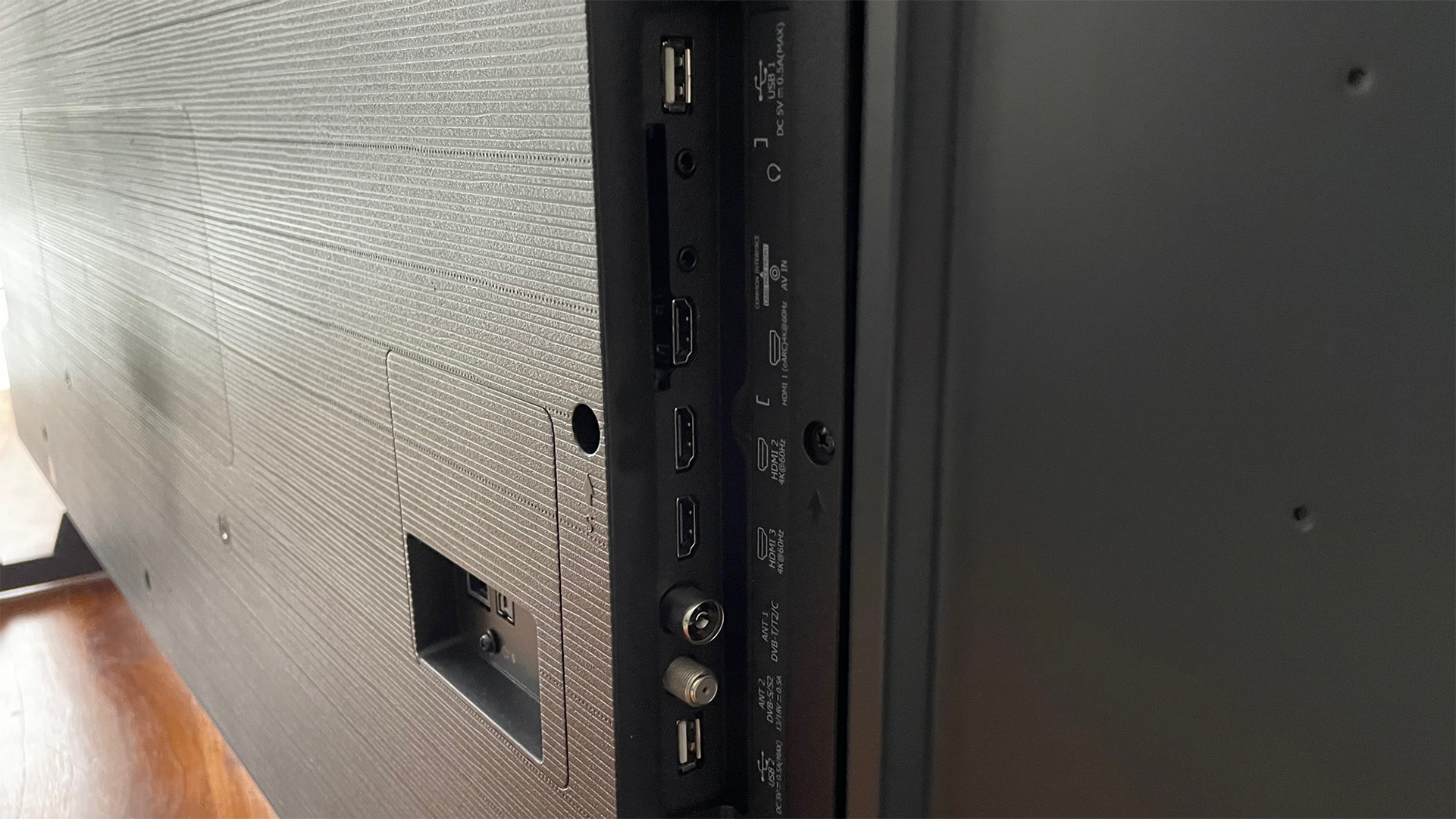
Despite its aggressive pricing, the Hisense 65U6KQT delivers an eye-catching combination of Mini LED lighting, local backlight dimming and Quantum Dot colours.
Mini LEDs can potentially deliver more light control than regular big old LEDs, while its local dimming system refines things even more by delivering a counted and verified 192 separately controlled backlight zones. This isn’t a particularly high number by Hisense standards, but it’s a good effort for such a cheap Mini LED TV.
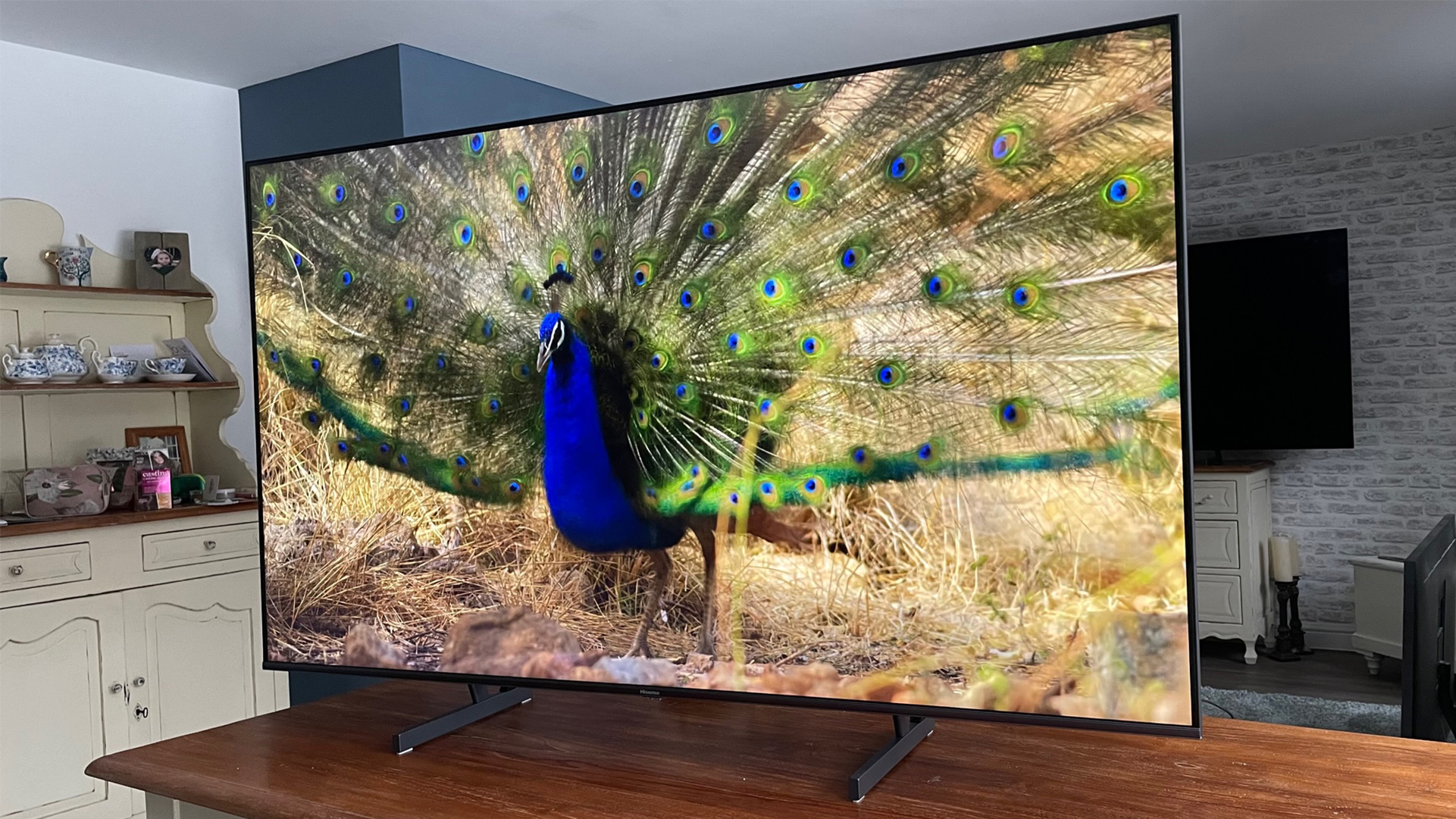
Screen size 65 inches (also available in 55 inches)
Type LCD
Backlight Mini LED
Resolution 4K
HDR formats HLG, HDR10, Dolby Vision
Operating system VIDAA
HDMI inputs x 3
Gaming features ALLM, VRR, Dolby Vision Gaming
ARC/eARC eARC
Optical output? Yes
Dimensions (hwd) 84 x 145 x 7.5cm
The Quantum Dot colour system should open up a wider colour gamut than regular colour filter TVs – especially since Hisense claims the 65U6KQT to be capable of a promising (for its money) peak brightness of 600 nits.
The 65U6KQT does feature a couple of up-front hardware limitations, though. First, it uses an IPS panel rather than a VA one, meaning that unless it breaks with years of IPS tradition, it may struggle to deliver dark scenes as effectively as the VA alternative. Though the IPS approach does mean its pictures should hold up better than those of VA panels when watched from an angle.
The other big limitation is that the 65U6KQT has a 60Hz refresh rate, so there’s no support for 120Hz gaming. That doesn’t mean it’s a gaming bust, though; it supports VRR (albeit only up to 60Hz), ALLM switching to toggle the TV into its fastest response mode when a gaming source is detected, and even a low-latency mode that supports gaming in both the regular HDR10 and Dolby Vision HDR formats. Naturally, the Dolby Vision support extends to video as well as game sources.
The 65U6KQT’s Game picture preset reduces the time the 65U6KQT takes to produce its pictures to a very respectable 16.6ms.
It’s worth at this point comparing some of the 65U6KQT’s features with those of arguably its closest direct rival: TCL’s C745K range. The TCL models don’t use Mini LED lighting and only get around half as many dimming zones. But they feature VA panels with 120Hz gaming support, as well as adding compatibility for the HDR10+ premium HDR format alongside Dolby Vision support.
Hisense has equipped the 65U6KQT with its Hi-View picture processing engine, complete, now, with AI elements to help it deliver better results on the fly with different types of content – especially when it comes to colour management and upscaling HD content to the screen’s native 4K resolution.
Smart features on the UK and Australian 65U6KQT models are provided by Hisense’s own VIDAA platform. This has improved rapidly from an ‘also-ran’ three or four years ago into a very likeable and content-rich smart platform, with a simple, easy-to-follow interface and carriage of all of the most popular streaming services – including the catch-up platforms for all the big terrestrial TV broadcasters in the UK, provided within the Freeview Play umbrella app.
The 65U6KQT’s connections, finally, are solid for its money, with highlights of three HDMIs (though as we’ve seen, none of these support 120Hz refresh rates due to the screen only handling 60Hz), an optical audio output, two USBs, and the now expected wi-fi and Bluetooth wireless options.
Picture

The big question here is whether the use of Mini LED lighting and a decent number of local dimming zones can overcome the potential contrast weaknesses inherent to the IPS screen found in the UK 65U6KQT. And the short answer is that no, it can’t. At least not as successfully as we’d hoped.
Dark scenes routinely look quite grey as even the combination of Mini LED lighting and local dimming can’t stop the IPS screen from letting through too much backlight to deliver the inky black colours the best VA LCD screens can deliver. This makes dark scenes look both flatter and less convincing than the 65U6KQT’s bright scenes, and also less convincing than they look on the TCL 55C745K (which we were able to run side by side with the Hisense model).
We don’t feel too badly distracted by the sort of blooming noise around stand-out bright objects you can often get with locally dimmed TVs – though to some extent this is because the screen’s general black levels are so shallow that potential blooming doesn’t stand out much.
The fact that the local dimming isn’t able to make a really profound impact on black levels also means that scenes containing a bold mixture of bright and dark content can feel a bit flat, as the backlight engine struggles to adapt itself to such mixed content. The compromises required mean bright bits don’t look quite as bright as we’d like, while dark bits don’t look as dark.
The 65U6KQT’s colours are problematic too. In the Standard preset that arguably delivers the most all-round enjoyable pictures, some colours – especially reds – tend to look excessively bold and vibrant, while other tones in the same image can look a bit wan and lifeless. The Dynamic mode actually makes the heavy saturations more consistently present but tends to leave things looking cartoonish and unnatural.
The HDR Day and HDR Night presets Hisense provides appear to be designed to give you a more ‘accurate’, balanced colour performance. However, while it’s true that you don’t get the same problems with over-saturation of some tones that you get with the other presets, both modes look oddly jaundiced and washed out. It doesn’t help, either, that both of these presets seem to use the TV’s local dimming and Adaptive Contrast features on a less powerful level than the Standard mode does, resulting in even greyer-looking dark scenes.
Direct comparisons again find that while the TCL C745K is a little coarse with some of its colours, it’s overall more consistent, balanced and bold-looking than the Hisense right across all of its picture presets.
These aren’t the only comparisons where the TCL comes out on top. It also looks brighter with both full-screen bright content and small bright highlights, and consistently sharper and more detailed with both native 4K and upscaled HD content. This slight softness of the Hisense 65U6KQT’s pictures appears to be a result of it not being able to produce as much contrast, which denies objects and small shading differences the same degree of prominence the TCL achieves.
The 65U6KQT can certainly have its good moments as well, though. Bright scenes often look bold and engaging for the TV’s price so long as you stick with the Standard picture preset – especially as the really over-wrought colours we mentioned earlier only tend to be a distraction with heavily saturated colour content that doesn’t typically crop up in day to day viewing (or even most movies) all that often.
While the 65U6KQT’s brightness might not be as intense as that of the TCL C745K, it’s still actually pretty good for such an affordable 65-inch TV. The set also handles motion quite well with 24 frames a second movie content if you use the provided Clear motion processing mode. In fact, this is one area where the 65U6KQT outperforms its TCL C745K rival. At the same time, though, the C745K’s 120Hz support gives it a smooth, responsive edge for gaming over the 60Hz-limited Hisense.
While the 65U6KQT delivers enough good times and moments of picture quality to remind us that Hisense is a brand generally on the up, though, its indisciplined colours and the damage to dark scenes done by using an IPS panel ultimately leave it stuck in the average lane.
Sound
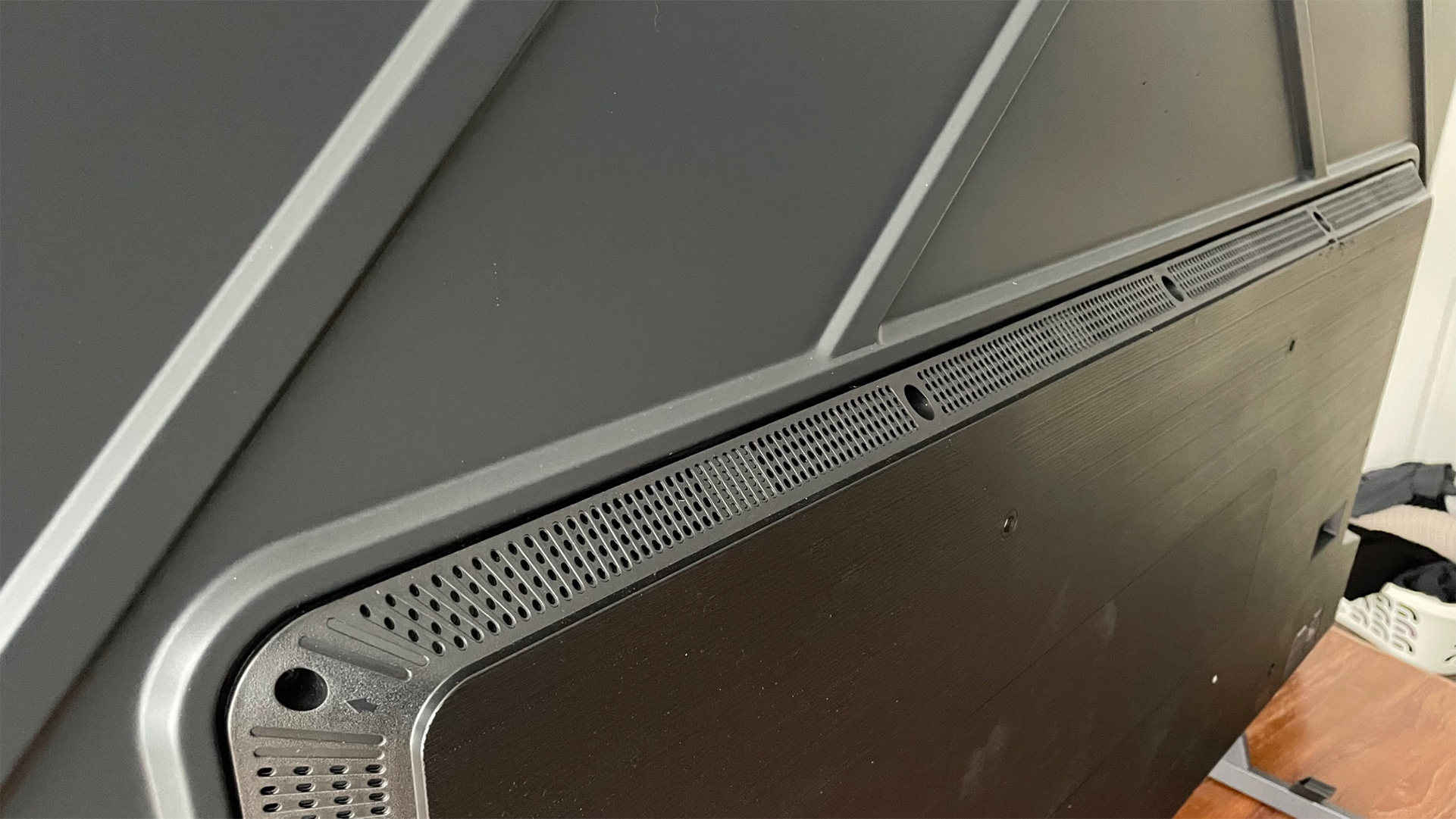
The Hisense 65U6KQT is on more consistently solid ground with its sound, starting with the fact that its speaker system delivers more volume and detail than you’d expect from its claimed 20W of output power. There’s also enough dynamic range to allow action scenes to escalate believably, with no falling away or dropping out when the going gets seriously tough.
The sound doesn’t feel trapped in either, with movie mix sound effects being thrown with decent accuracy beyond the edges of the TV’s bodywork. This is especially true if you feed the TV a Dolby Atmos mix, with which the 65U6KQT even manages to present a mild sense of height – or, at least, the impression of sound coming from slightly above the screen.
Bass is handled quite effectively too, getting deeper than most similarly priced TVs without starting to crackle or buzz. There’s a rather ‘low-fi’ feel to high frequency sounds if we’re being picky, but overall the 65U6KQT sounds good enough to make adding a soundbar feel more like a luxury option rather than a necessity.
Verdict
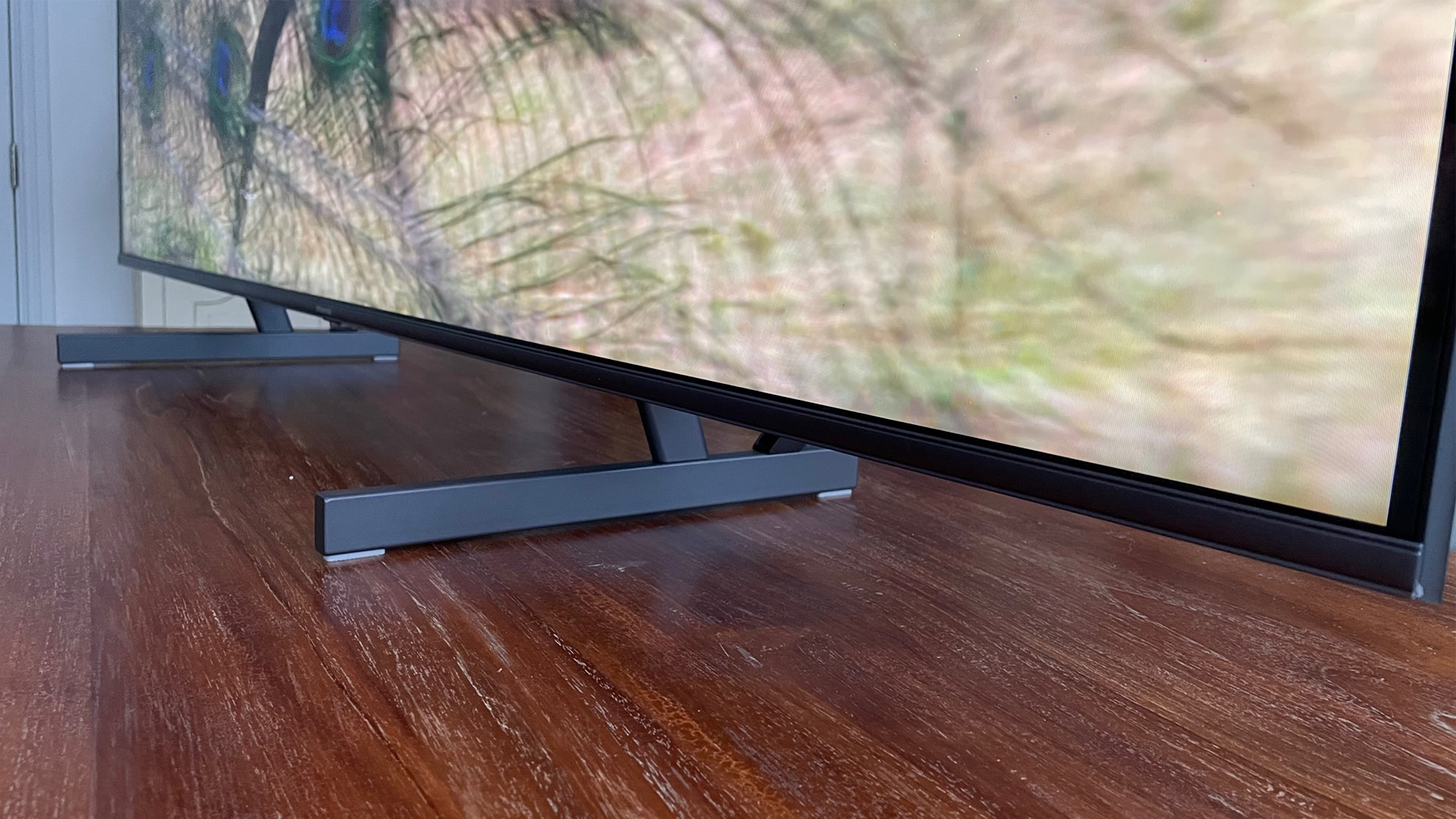
While it’s great to find Hisense willing to mix things up in a bid to bring big-screen Mini LED technology to a wider audience, in the end the 65U6KQT doesn’t quite get the mix completely right.
SCORES
- Picture 3
- Sound 4
- Features 4
MORE:
Read our review of the TCL 55C845K
Also consider the TCL 65C845K
Read our Samsung 55CU8000 review







